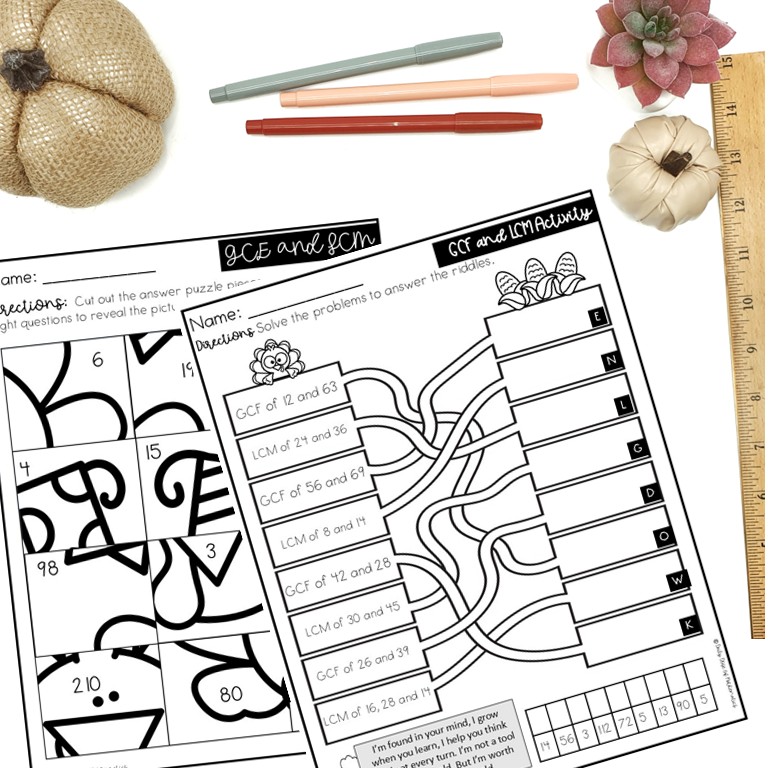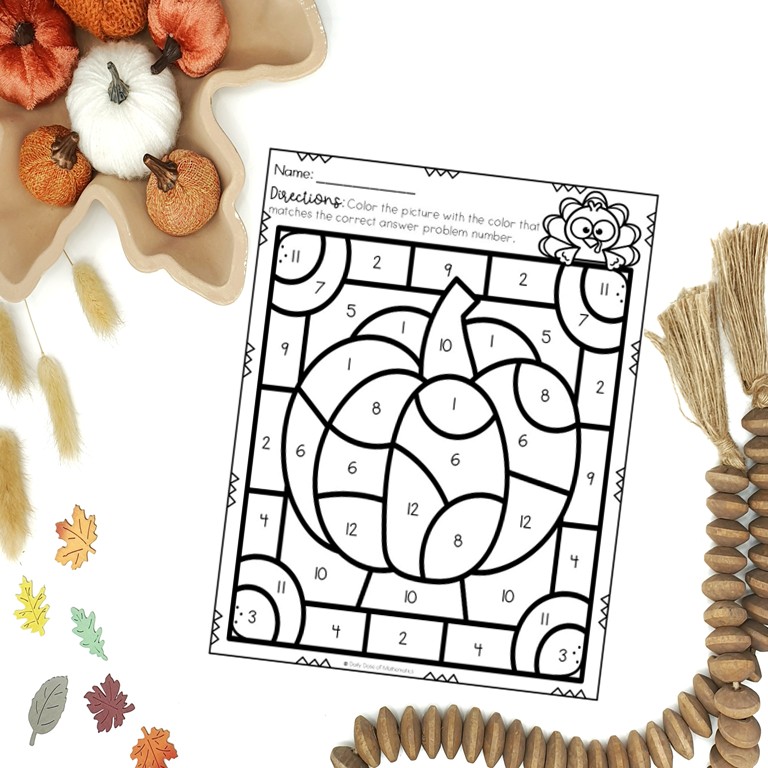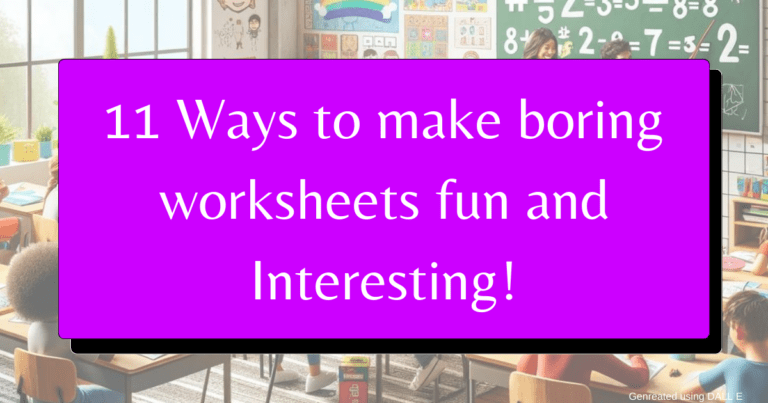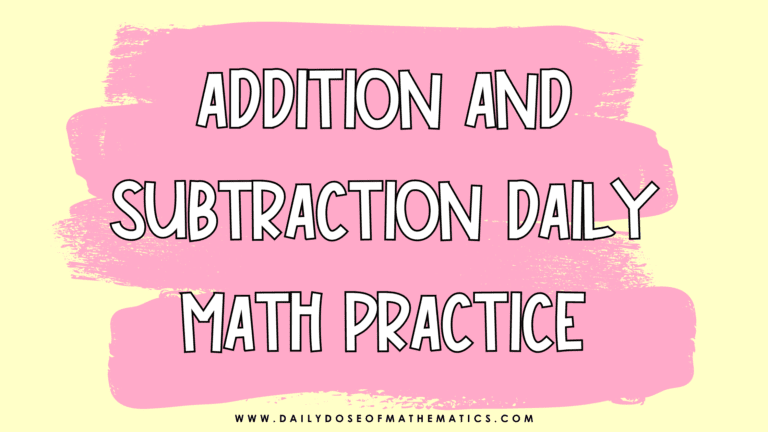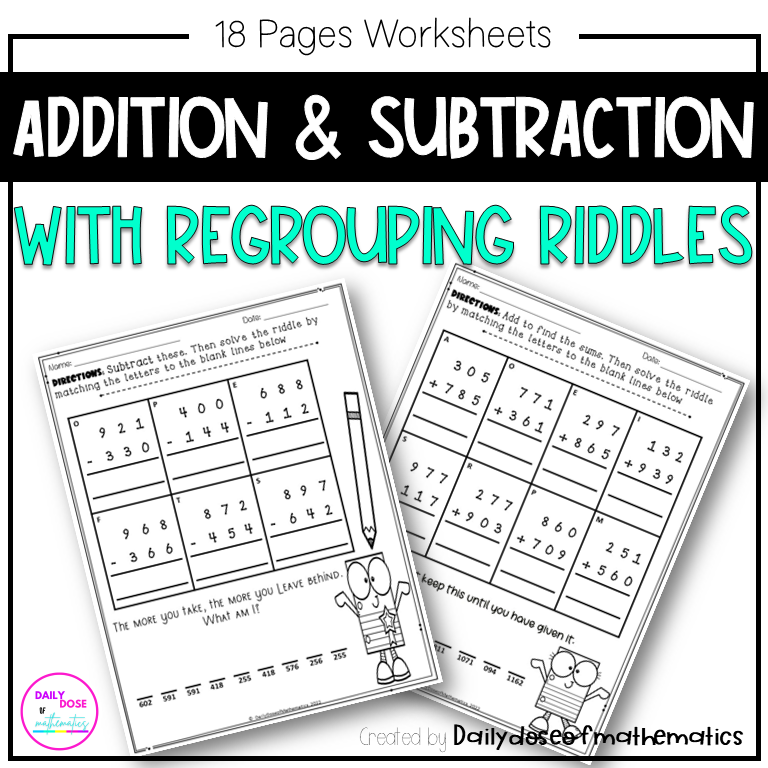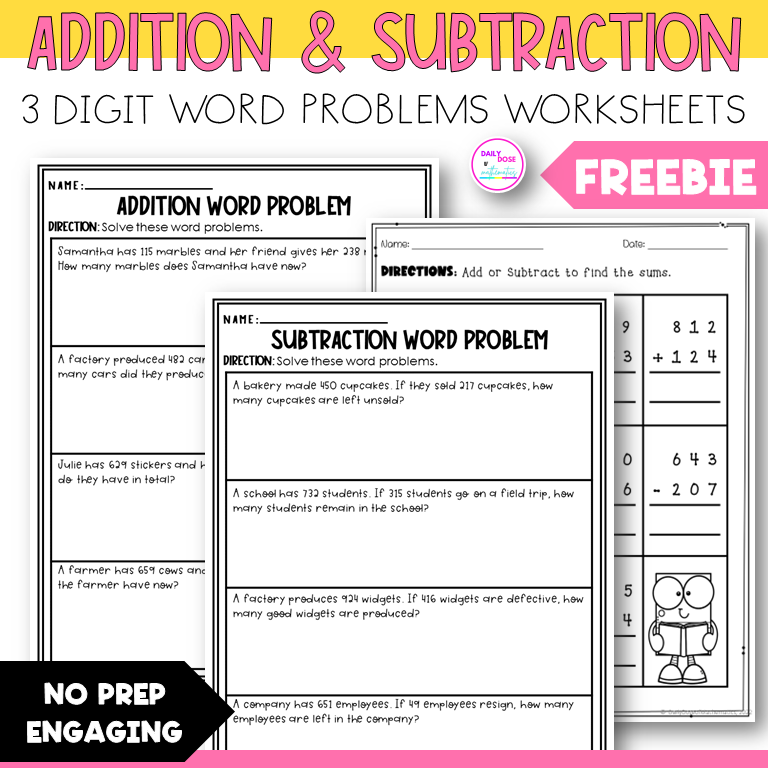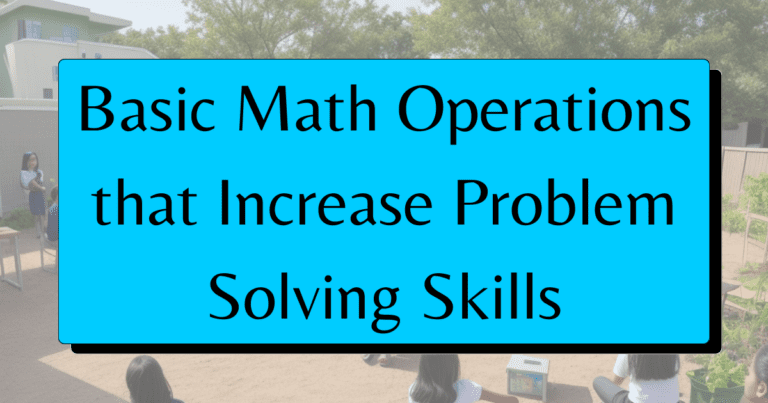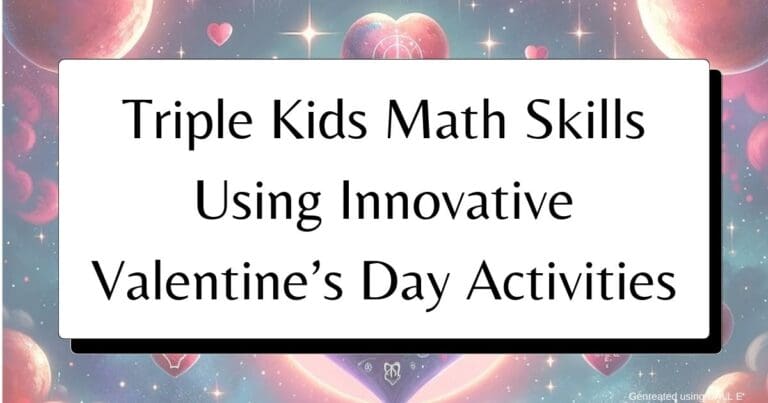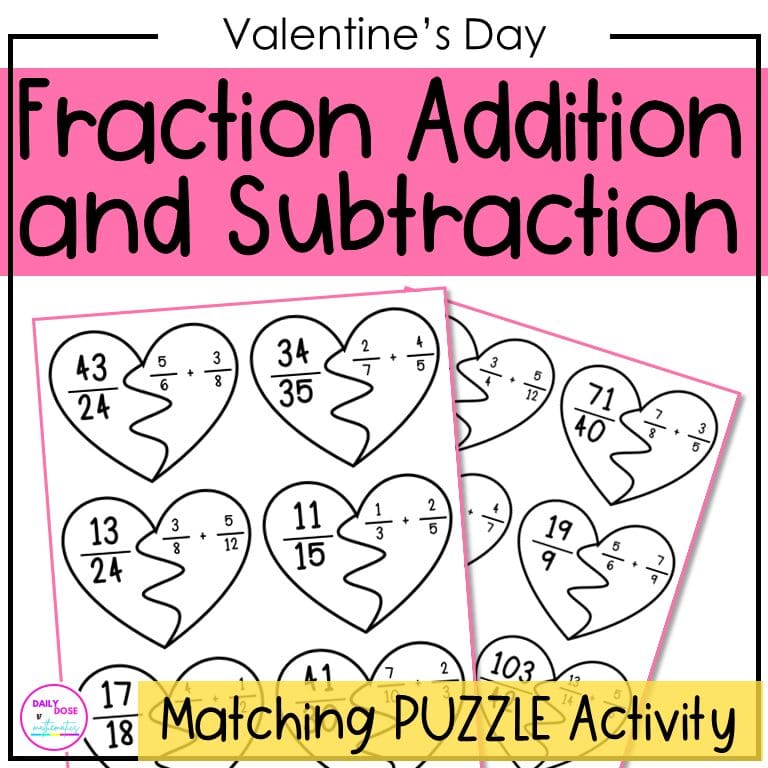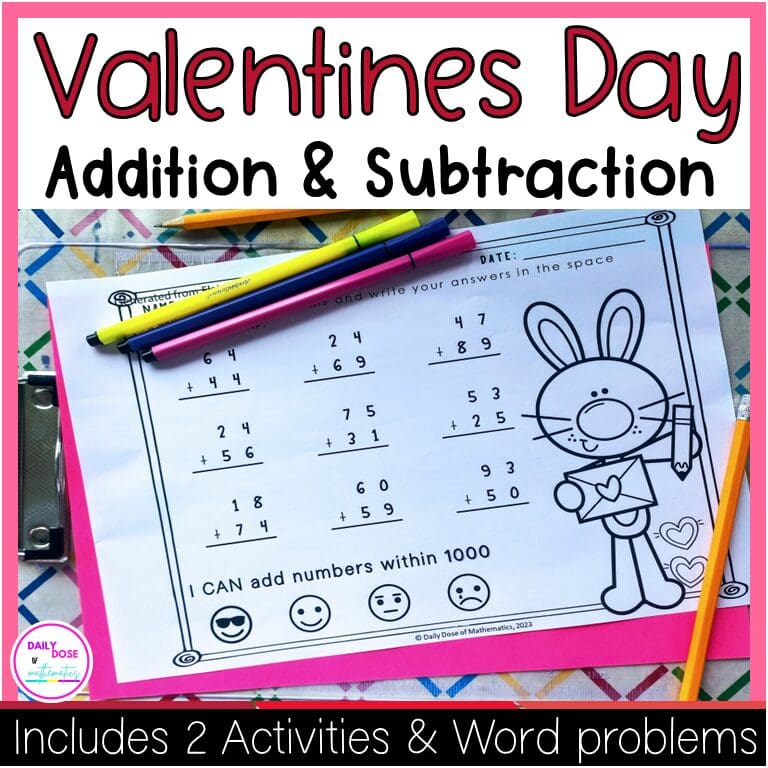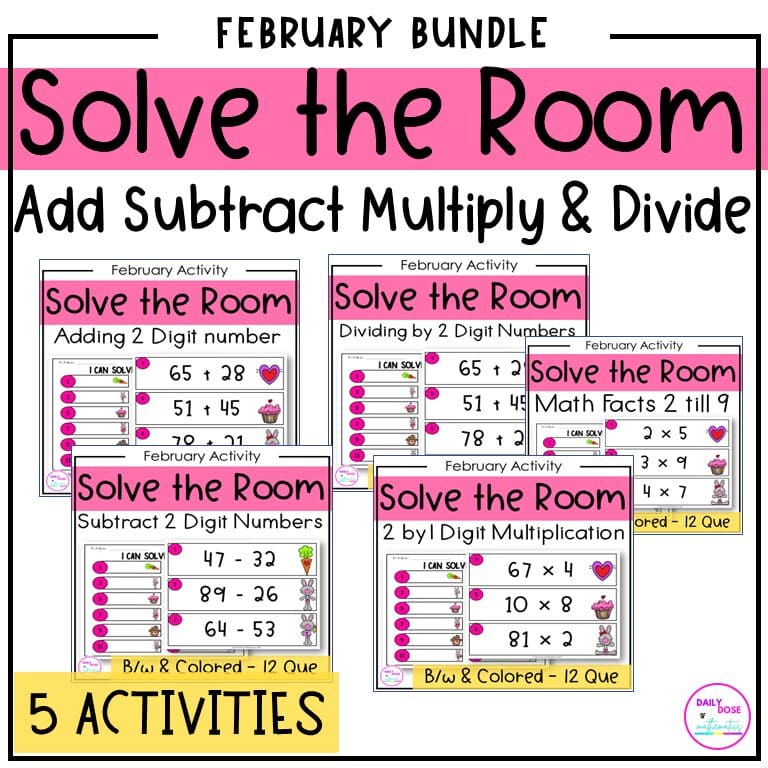Best Saint Patrick’s Day Math Activities for 5th Grade to use NOW
Are you and your kids ready for some festive fun St. Patrick’s Day spirit in your classroom?
Are you ready to say goodbye to boring activities and see your kids excited to learn math this season?
Then follow along with me for some super fun things you can try in your classroom this season.
By using these St. Patrick’s Day themed Solve The Room Activity you will be able to finally bring some Irish charm into your classroom.
But…
First things first why would you actually need to use this activity?
For me personally, this activity is something I use in my 5th grade math classroom whenever I feel like my kids need a break from their usual math learning and it’s time for some movement going to keep their learning juice flow.
So if it feels like you are facing the same problem, then here are my top 3 reasons why you should use Saint Patrick’s Day themed Scoot activities in your math class:
1. Encourages Movement and Interaction:
The ‘Solve The Room‘ aspect of this activity adds a physical aspect to learning.
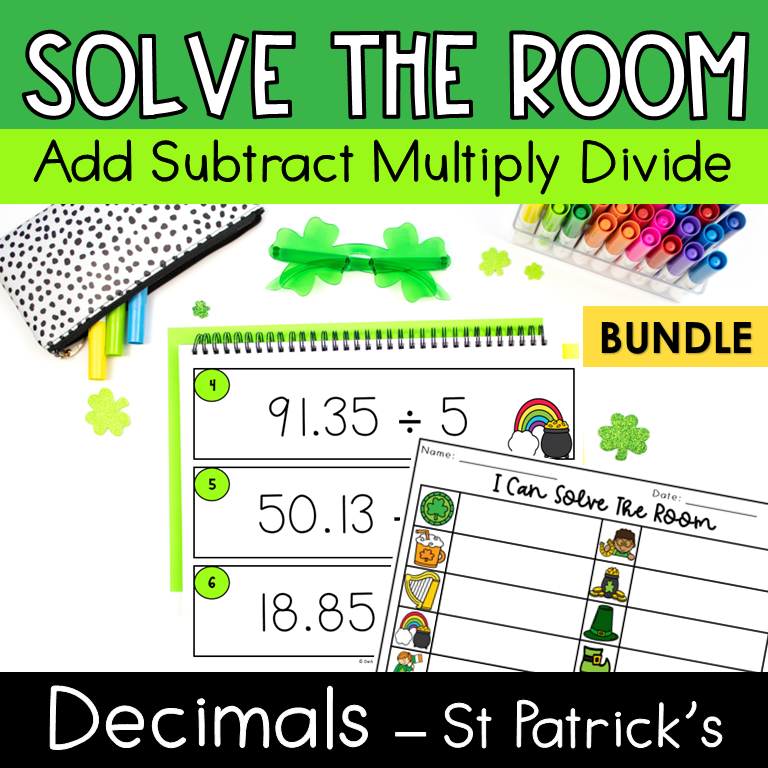
Kids aren’t just sitting at their desks and practicing, instead, they’re moving around the classroom.
This is even more beneficial for young kids in elementary or upper elementary who learn better when they’re physically engaged.
2. Engagement through Theme-Based Learning:
Themed activities are always a win in classrooms.
Themed seasonal activities like Saint Patrick’s Day Math, are a fantastic way to keep students engaged.

Using these activities we will integrate the fun and festive spirit of the holiday into our March math lesson plans.
This will not only capture student’s interest but make learning math more enjoyable for them.
3. Promoting Collaboration and Social Skills:
With all the rise in the use of technology for learning, kids are being glued to their screens a lot.
These activities allow them to think outside the box and build their creativity muscle.
Now… it isn’t just about math; it’s also about working together and developing social skills.
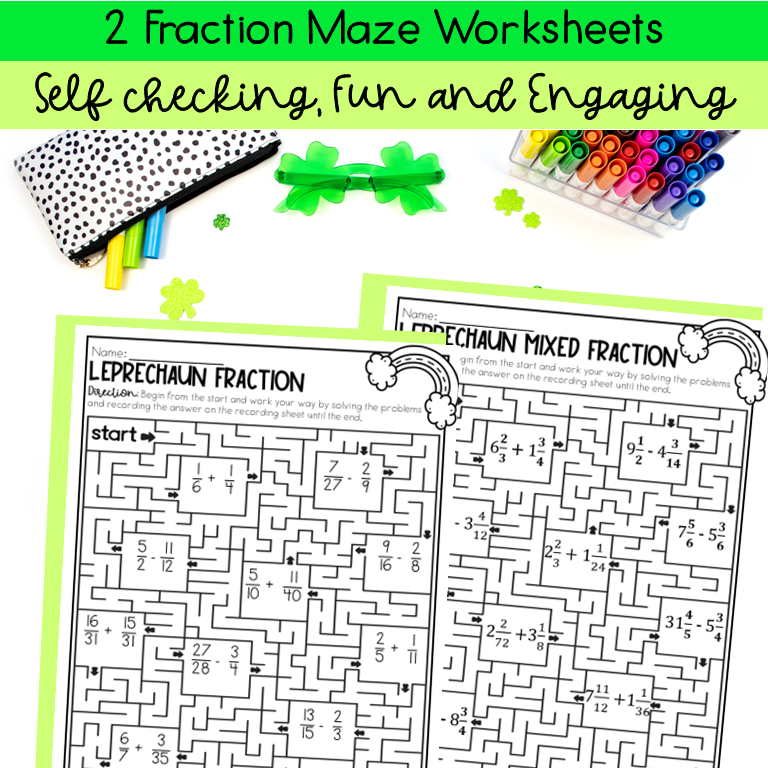
Your kids can work in pairs or small groups which encourages teamwork and communication.
Want to use these activities inside your classroom?
Sign up below and get one of the freebies sent straight to your inbox.



